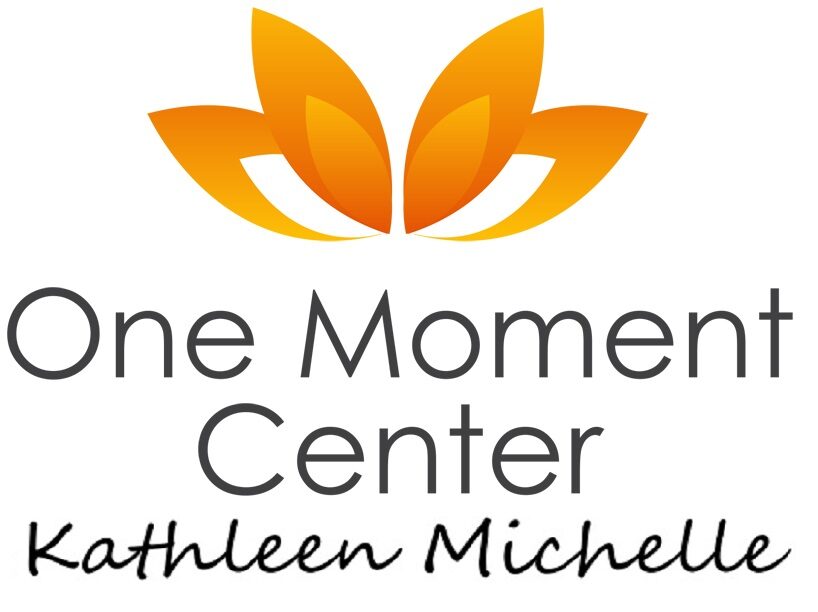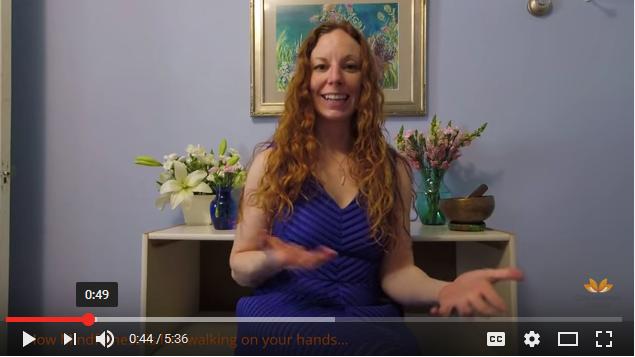This month’s shift is about getting down to the basics.
You have probably heard before, “It is what it is.” You got it; this is one of the basics of mindfulness. When we are first practicing mindfulness as a lifestyle, this can be really annoying. The dog pooped in the house; “Well, it is what it is.” My partner broke up with me; “It is what it is.” I hit every red light on the way to work when I’m already running late; “It is what it is.”
Here’s the deal: When we argue with reality (what is) we suffer. Think about it. Call to mind the last time you were frustrated, stressed, worried, or mad: were you wanting something to be different than what it was? (Cclose your eyes and go back to the moment and recall the thoughts and the feelings.) I can almost guarantee your answer is, “Yes, I wanted things to be different than they were.” (If it isn’t, my guess is you’re still arguing with your reality or a perception of yourself that your thinker/ego does not want to let go of.)
Our thinker (that organ in our skull that takes in data then spits out things we call thoughts) does a really great job of telling us stories. Sometimes these stories don’t help us out, though. At least not if our goal is to be happy. Our thinker will tell us all sorts of things (that I won’t get into or else this email would be forever long) that keep us in a mode of struggle.
The good news: There is another way! A way where life flows a bit easier, we’re calmer, and we roll with the punches like we saw them coming. Know what it’s called? How did you guess?! Yup, it’s called mindfulness.
This is my suggestion: The next time you find yourself stressed or frustrated in any way, notice what your thinker is telling you about what it wants to be different (Jim Bob shouldn’t have done that, I deserve to be treated better, I need to look differently than I do). Then take a deep breath to create some space between your thoughts. Consider the thought, “When I argue with what is, I choose to suffer.”
Bonus extra credit points: Ask yourself, “What would this (situation, experience) be like without that thought?” or “What would I be like without that thought?”
Now, thoughts and feelings can be helpful. So, I am not suggesting that we stuff those down or pretend we don’t feel them. (That would also be arguing with “what is!”) Our emotions can be really helpful in guiding us.This practice is about observing the thinker and questioning whether the thought is helpful (or if it’s arguing with reality). At times our thinker creates thoughts that are so strong that we have overwhelming emotions, then we just react.
These reactions can be harmful to ourselves and to others. But our thinker comes to the rescue by rationalizing the reactions, but we also feel guilty, but we don’t want to think of ourselves negatively, etc. Not a fun cycle to be in. It’s struggle. It’s suffering. Using mindfulness to observe our thoughts about “what is” helps us create enough space to choose something different, and less stressed.
Even after lots of practice, we are still going to get mad, frustrated, stressed, and worried. But when we can take a moment to notice our stress we can notice that our thoughts are arguing with reality. Ultimately, we have the choice to not suffer. Your happiness is in YOUR hands. How empowering!



